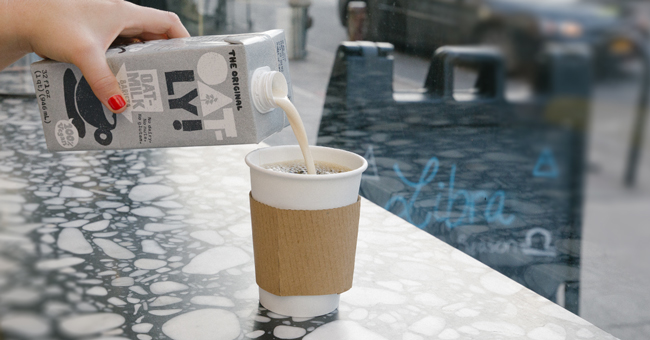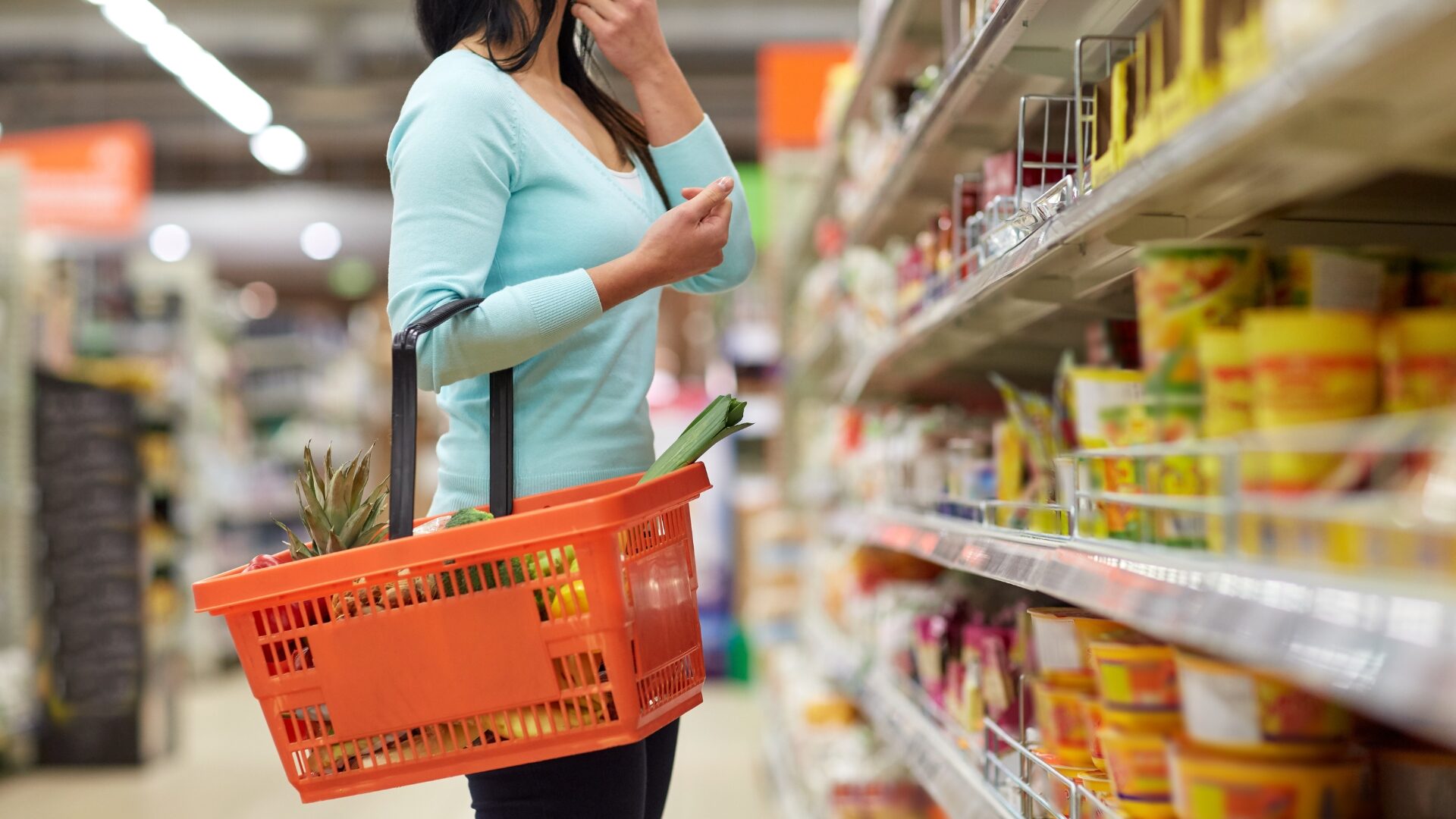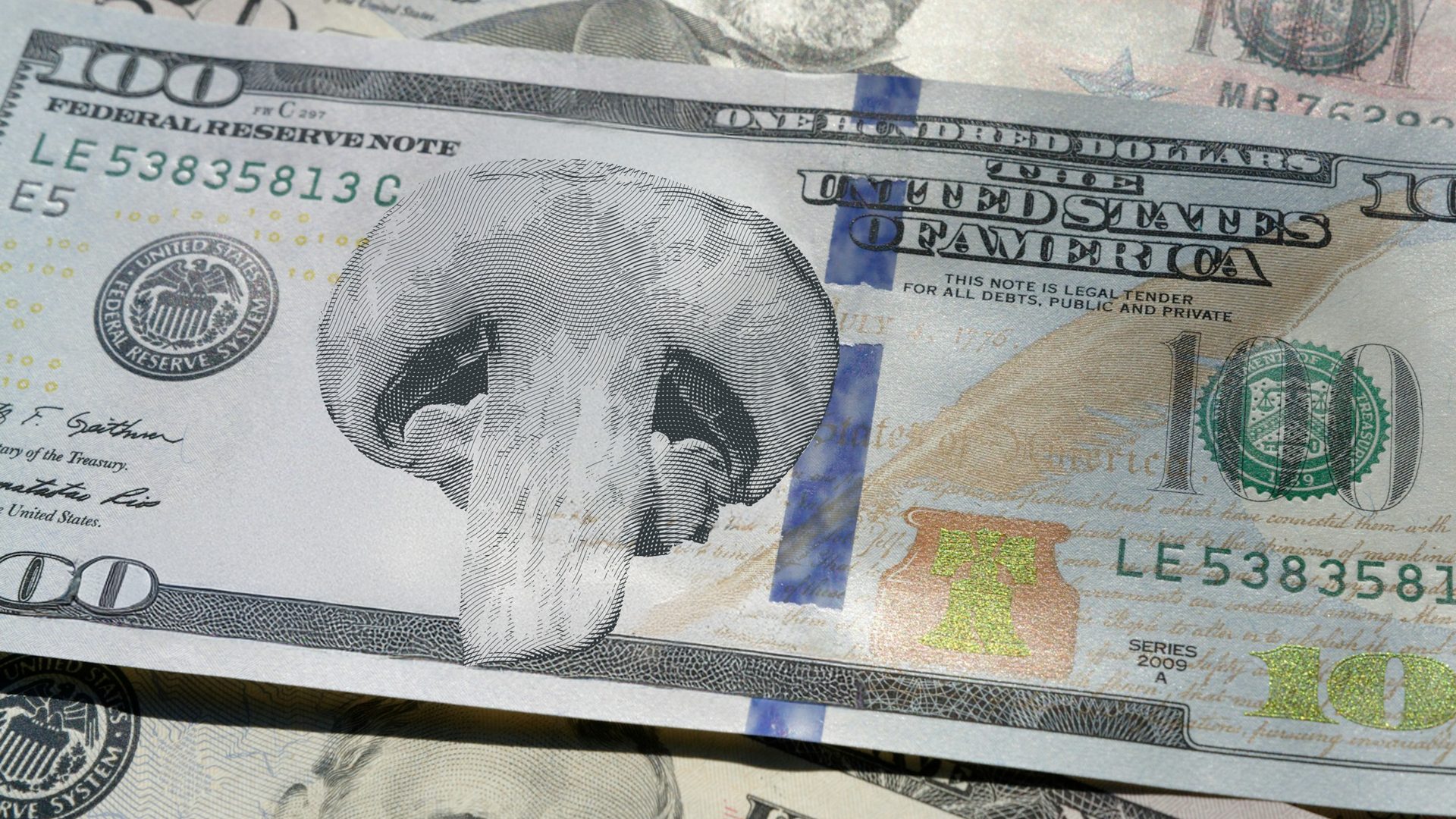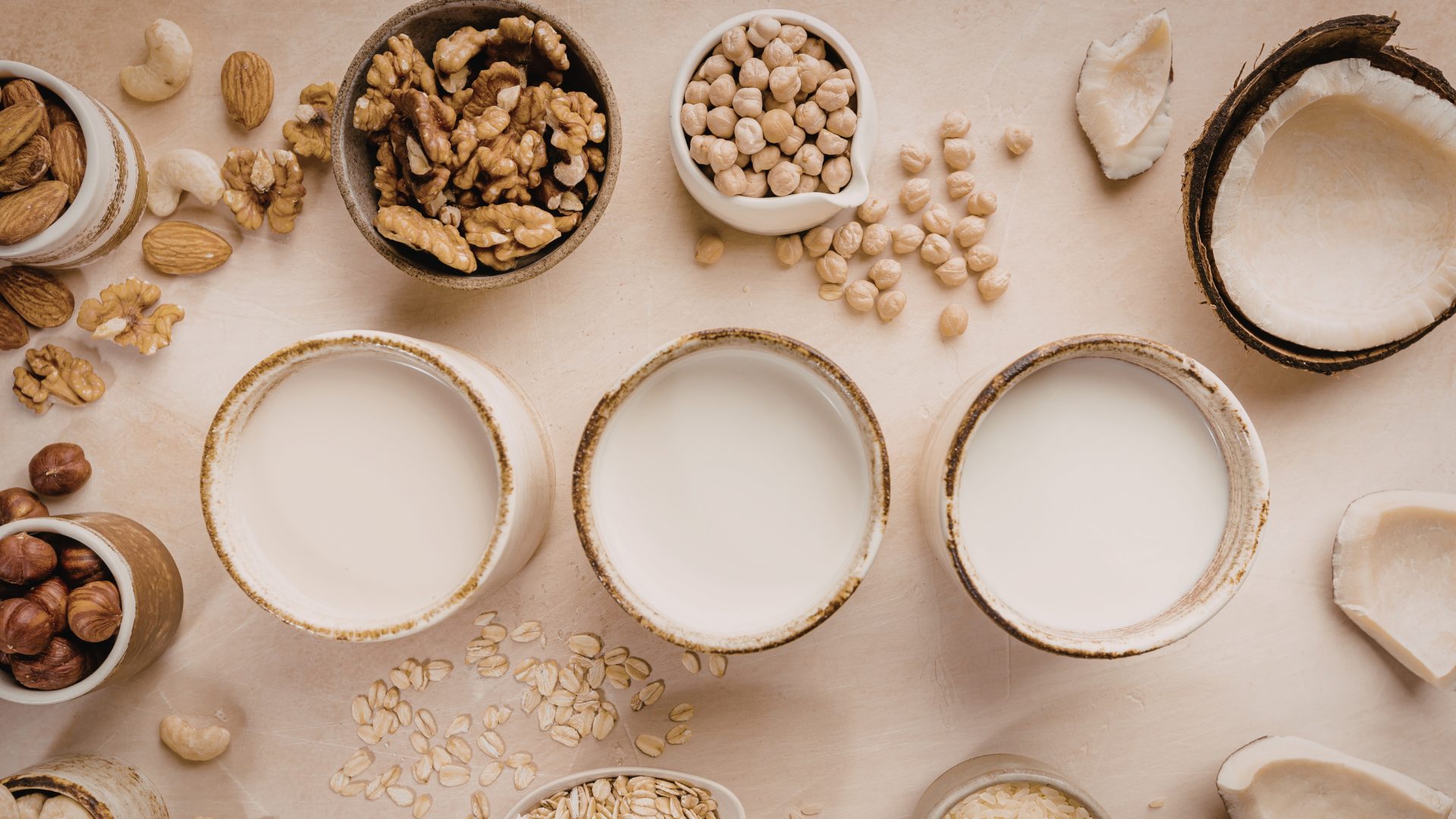In May 2021, plant-based milk manufacturer Oatly went public at a valuation of about $10 billion. Trading in the weeks following the initial public offering pushed that figure up to over $15 billion.
There were reasons to be skeptical that the gains would hold. IPOs traditionally only offer a small number of shares to the public: Oatly’s IPO only covered about 15% of the company. That low supply of stock can inflate the price investors are willing to pay. And though growth stocks had weakened into the offering, the market was still relatively hot at the time. Indeed, the two biggest IPOs of the period – Airbnb and DoorDash, both in December 2020 – both would see huge early rallies that led to unsustainable peaks (DoorDash stock in fact trades right at its first-day close from four-plus years ago).
And at those levels, Oatly stock was not only the most expensive in the entire food sector, but relative to sales one of the most dearly valued in the entire market. More than a few investors thought that valuation was far too optimistic.
That said, even skeptics thought that Oatly had some value, if not quite $15 billion worth, as a clear leader in a fast-growing category. And, for its part, Wall Street was mostly positive toward the stock: it was expensive, and there was a long runway for growth. Most importantly, as several analysts pointed out, Oatly had relatively low production capacity. The funds raised by the IPO would be used to increase owned manufacturing, which would allow the brand to expand and boost both revenue and profit margins.
Less than four years after its IPO, Oatly has a market capitalization of barely $270 million – some 98% below its 2021 peak.
The decline has not been just steep but consistently punishing. Oatly ADS (American Depositary Shares, an instrument used to list foreign companies on U.S. exchanges) closed 2021 down 53% from their IPO price. They then declined 78% in 2022, 32% in 2023, 44% last year, and another 31% already in 2025.
There have been external factors at play, certainly. Growth stocks cratered in the second half of 2021 and most of 2022. Considerations around ESG (environmental, social, and governance) investing likely helped Oatly at the time of its IPO, and demand for ESG names has faded amid cultural and political changes. Inflation has been an issue. Plant-based foods on the whole have posted growth well below expectations, with Beyond Meat a prime example.
But none of those factors explain more than a small portion of the plunge in Oatly stock. Growth stocks did weaken in 2021-22, but the best names have roared back since. ESG investors even in 2021 were still concerned with actually making money and represented a tiny fraction of investor capital even at the peak.
Plant-based foods have struggled, but plant-based milk was supposed to be a stronger category than plant-based meat. The category was already far more established (particularly in Europe, the region that drove ~65% of Oatly’s sales in 2020), and had an ostensibly simpler path toward converting traditional consumers.
So, while the external environment hasn’t been completely favorable, and category growth has likely disappointed somewhat coming out of the pandemic, the core problem is that Oatly hasn’t executed. The funds raised in the IPO were indeed used to build out the company’s manufacturing capability.
But as The Wall Street Journal detailed in 2022, the execution of those buildouts was something of a mess. Oatly wound up missing production targets, which in turn led to inconsistent supplies with customers. That opened the door for rivals Hood (which makes Planet Oat) and Danone’s Silk to take market share; key partner Starbucks added rival SunOpta to ensure it had some brand of oat milk on hand.
Missed revenue targets plus high spending on production led to higher-than-expected losses in 2021 and 2022 wound up burning through Oatly’s cash.
In early 2023, Oatly raised $425 million on fairly onerous terms, including convertible debt (that can be converted into stock if the price rises) with an annual interest rate above 9%. The company has also completely reversed field on its manufacturing footprint, shifting from a ‘full speed ahead’ approach to building out production to what is now an ‘asset-light’ approach. Oatly closed a production center in Asia (where growth has been particularly disappointing) and agreed to a co-pack deal which led to the sale of its two recently built facilities in the U.S.
The Oatly story is different from that of Beyond Meat, where broader consumer demand weakness around plant-based meat seems the primary culprit of disappointing results. For Oatly, there absolutely was a path for the company to grow at a solid rate over the past few years. But that path required strong execution immediately after the IPO, which would drive the investor confidence to allow the company to raise more capital under attractive terms and continue the buildout of its footprint.
Oatly lost that confidence relatively quickly. Given the share price is still down 98% from the peak, it quite clearly hasn’t won it back yet.
Vince Martin is an analyst and author whose work has appeared on multiple financial industry websites for more than a decade; he’s currently the lead writer for Wall Street & Main. He has no positions in any securities mentioned.
The Food Institute Podcast
It’s tariff time, and companies the world over are working to better understand how their operations will be impacted. Jodi Ader from RSM US LLP joined The Food Institute Podcast to discuss which products and inputs are currently subject to tariffs, and how to best mitigate supply chain risks.












